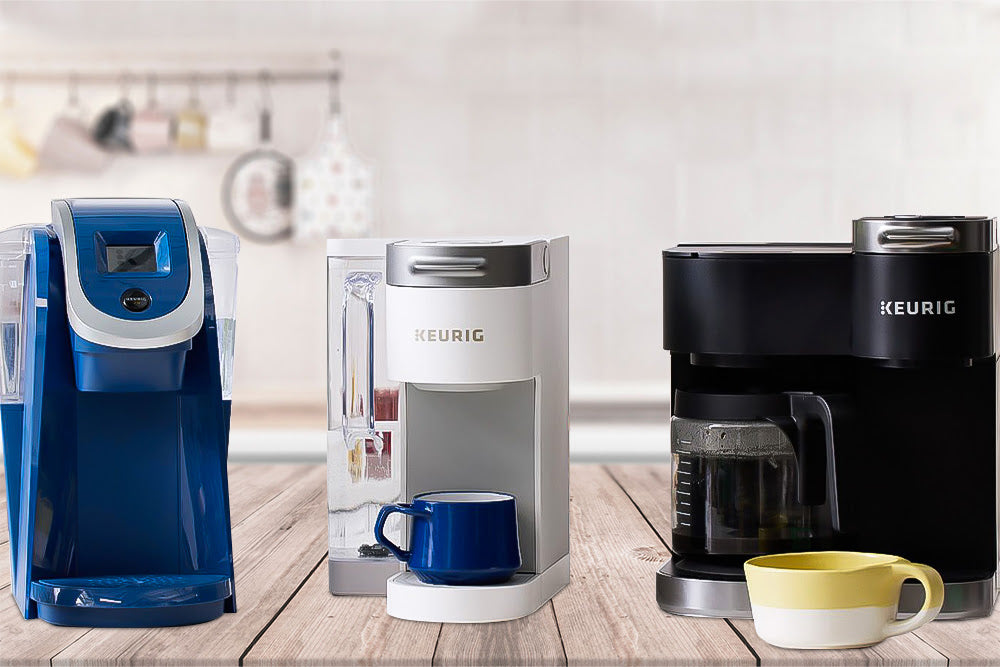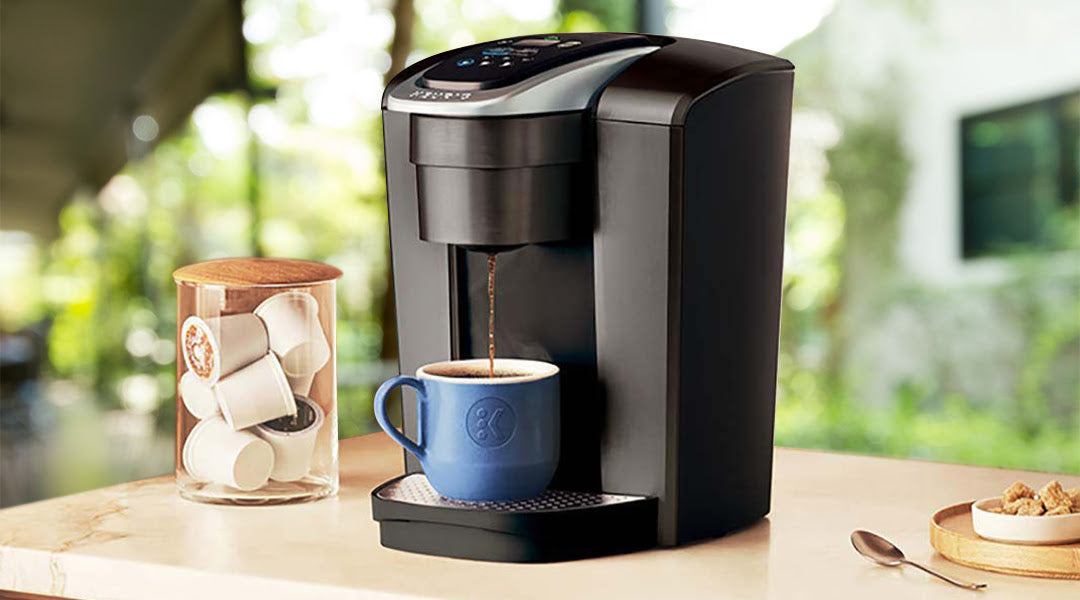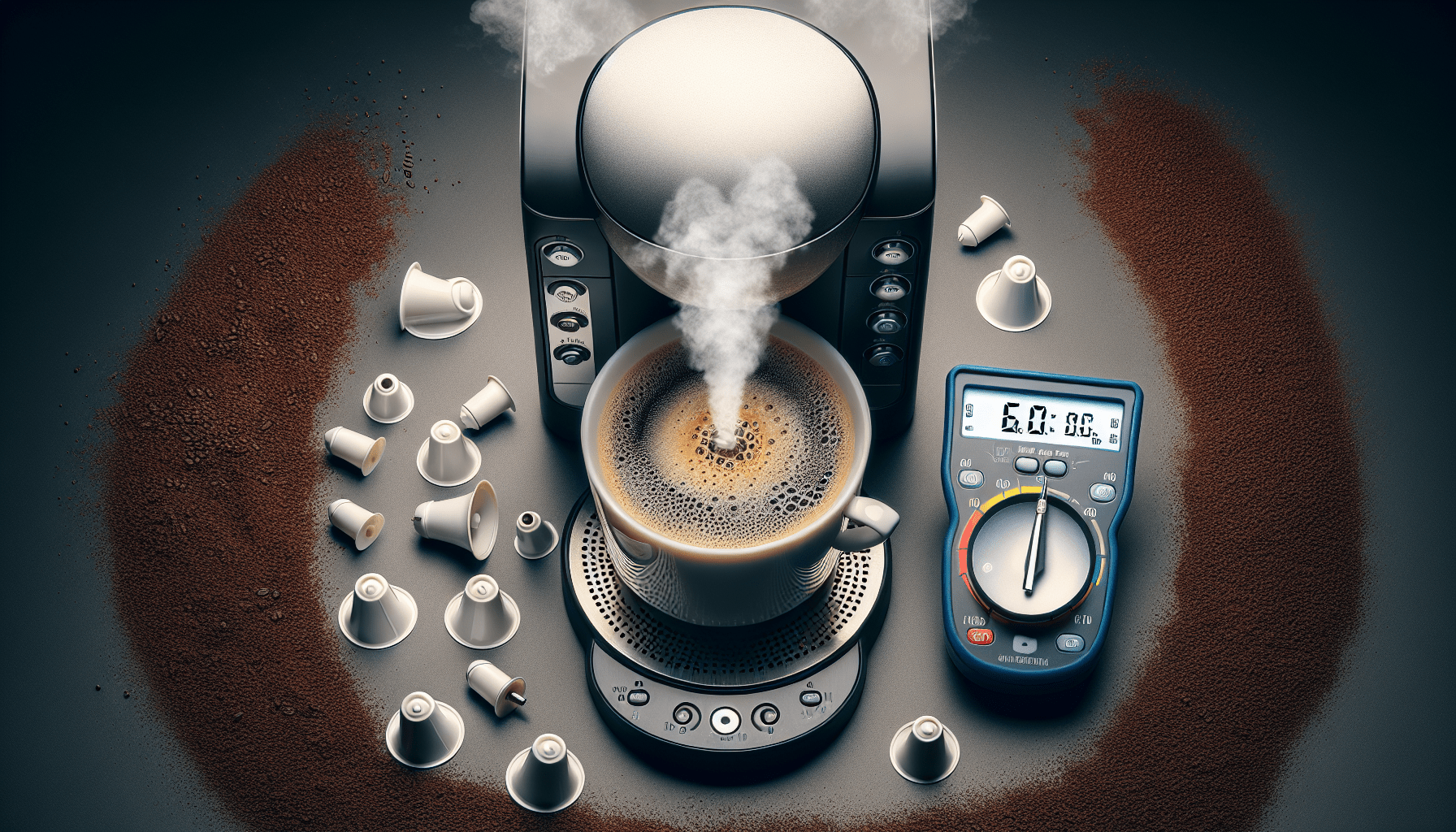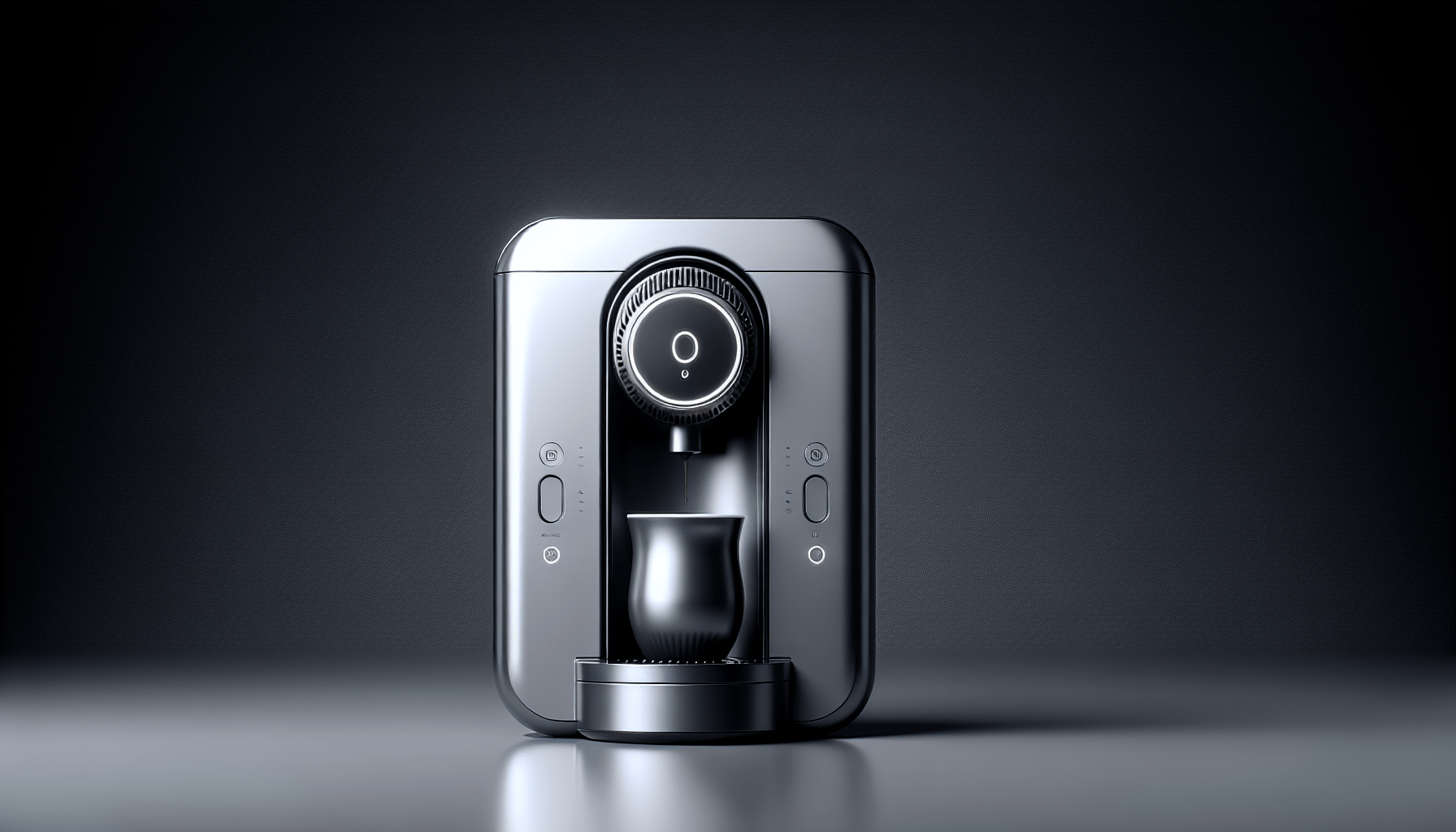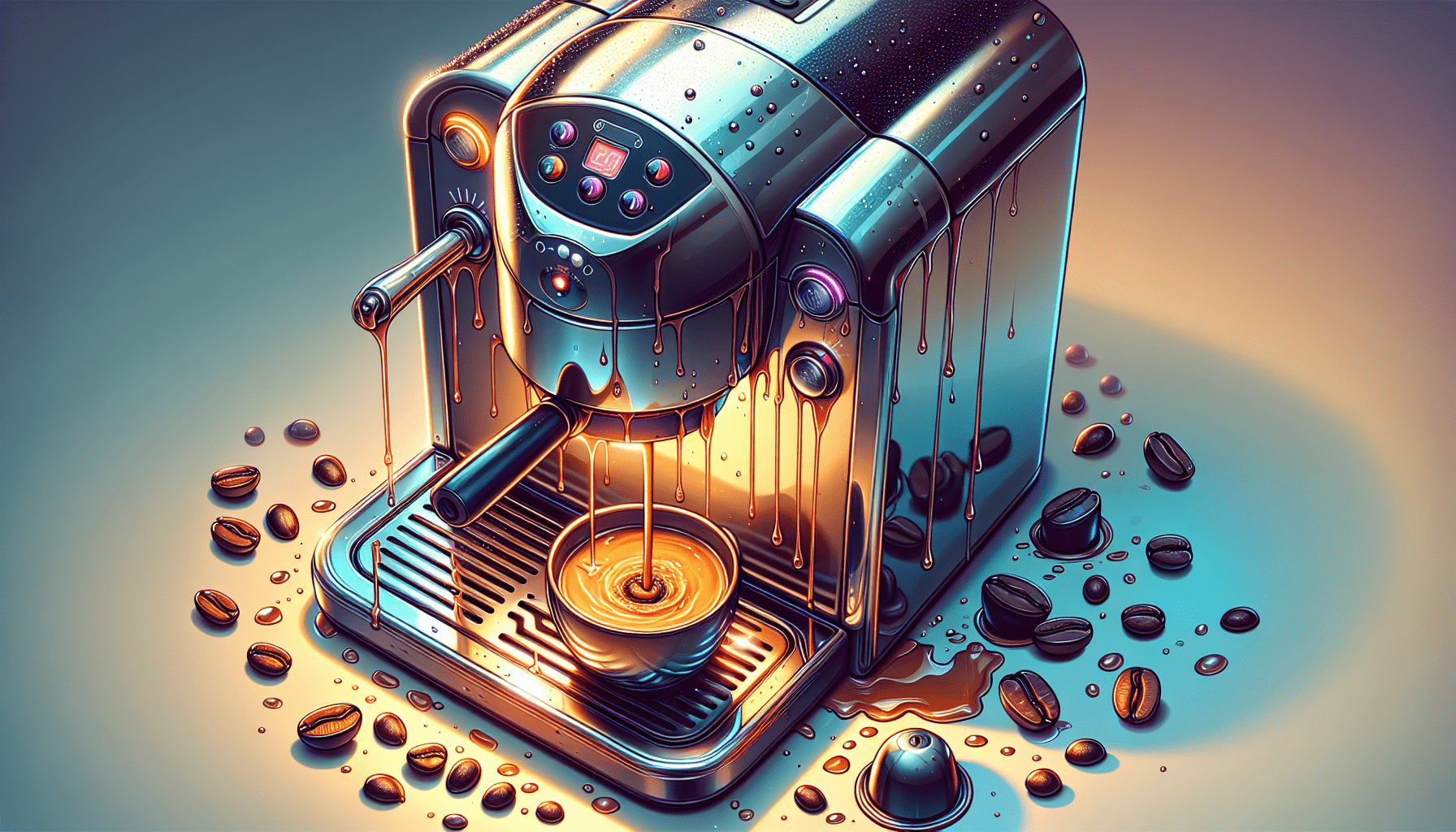If you’re an avid coffee drinker and rely on a pod coffee maker to get your daily dose of caffeine, you’ve probably encountered a common frustration – leaking or dripping from your machine. Whether it’s a small or significant issue, dealing with coffee spills and messes can be a hassle that no one wants to deal with first thing in the morning. In this article, we’ll explore some of the most common causes of leaking or dripping from your pod coffee maker, as well as provide some helpful tips on how to prevent and address these issues. So grab your coffee mug, sit back, and let’s dive into the world of pod coffee maker leaks! If so, you’re not alone. Many pod coffee maker owners experience this frustrating problem. Leaking or dripping can not only make a mess on your countertop but also affect the quality of your coffee. In this article, we will explore the common causes of leaking or dripping in pod coffee makers, provide troubleshooting tips, discuss potential damage, and offer preventive measures and alternative brewing methods.
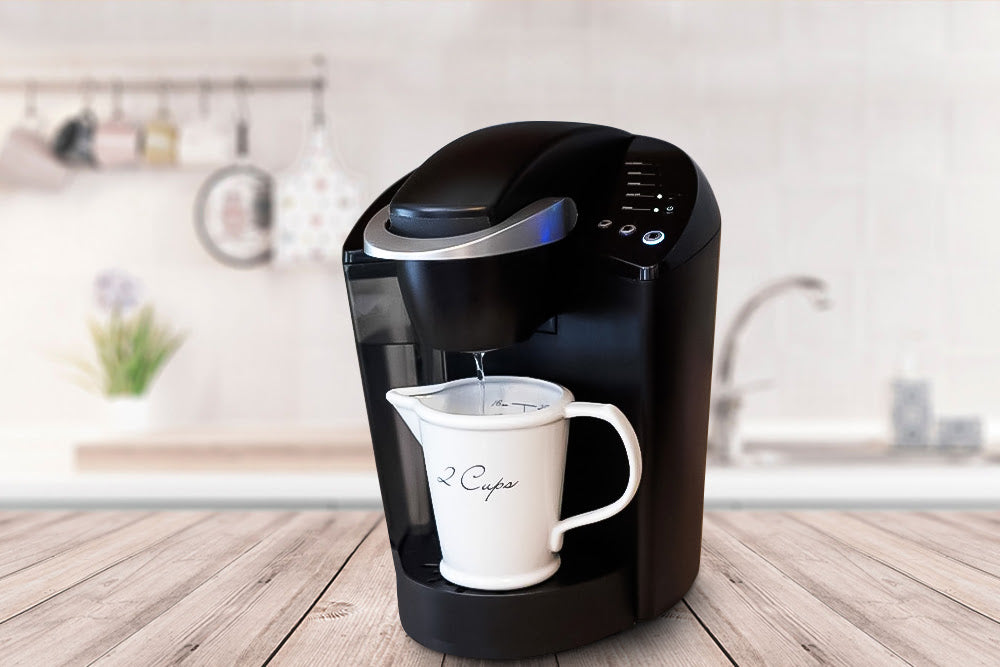
Common causes of leaking or dripping in pod coffee makers
Faulty seal
One of the most common causes of leaking or dripping in pod coffee makers is a faulty seal. Over time, the seal that keeps the water contained in the machine may become worn out or damaged. This can result in water leaking or dripping from the machine during the brewing process.
Clogged needle
Another common cause of leaking or dripping is a clogged needle. The needle in the pod coffee maker punctures the pod to allow water to pass through and brew the coffee. If this needle becomes clogged with coffee grounds or debris, it can cause water to leak or drip from the machine.
Incorrect pod placement
Improper placement of the coffee pod can also lead to leaking or dripping. If the pod is not properly positioned in the machine, it may not create a proper seal, allowing water to escape during brewing. It’s important to ensure that the pod is aligned correctly to prevent any leakage issues.
Worn-out water reservoir or drip tray
Lastly, a worn-out water reservoir or drip tray can contribute to leaking or dripping. If these parts of the pod coffee maker are cracked or damaged, water may leak or drip out of the machine. Regular inspection and replacement of these parts can help prevent this issue.
Troubleshooting tips for leaking or dripping issues
Check and replace the seal
If you’re experiencing leaking or dripping from your pod coffee maker, the first step is to check the seal. Inspect it for any signs of wear or damage. If you notice any issues, it’s important to replace the seal with a new one. Most manufacturers provide replacement seals that can be easily installed.
Clean or unclog the needle
A clogged needle is another common culprit behind leaking or dripping. To address this issue, you can try cleaning the needle. Use a small brush or a toothpick to remove any coffee grounds or debris that may be blocking the needle. This simple step can help restore proper water flow and prevent leakage.
Ensure correct pod placement
Proper pod placement is crucial to avoid leaking or dripping. Make sure the pod is placed securely in the designated area of the coffee maker. Double-check that it is aligned properly and that there are no obstructions that could prevent a tight seal. Taking the time to ensure correct pod placement can save you from dealing with leaks.
Inspect and replace worn-out parts
Finally, if you’ve checked the seal, cleaned the needle, and confirmed correct pod placement, but are still experiencing leaks or drips, it may be time to inspect other parts of your pod coffee maker. Carefully examine the water reservoir and drip tray for any cracks or damage. If you notice any issues, it’s advisable to replace these worn-out parts to prevent further leaking.
Determining the cause of the leakage or dripping
Visual inspection
To determine the cause of the leakage or dripping, start with a visual inspection of your pod coffee maker. Carefully examine all components for any visible signs of wear, damage, or misalignment. Look for cracks in the water reservoir or drip tray, as well as any loose or broken seals. Identifying any visible issues can help pinpoint the cause of the leaks.
Testing with different pods
If a visual inspection doesn’t reveal the cause of the leakage or dripping, you can test with different pods. Sometimes, certain pods may not be compatible with your coffee maker, leading to leaking issues. Try using different brands or types of pods to see if the problem persists. This can help determine whether the issue lies with the pods themselves or if there is an internal problem with the coffee maker.
Consulting the user manual
If you’re still unable to identify the cause of the leakage or dripping, consulting the user manual can be helpful. The manual often contains troubleshooting tips specific to your pod coffee maker model. It may provide additional guidance on how to address leaking or dripping issues and highlight any known problems or solutions. Contacting customer support can also be beneficial in getting expert advice and assistance.
Potential damage from leaking or dripping
Water damage to the machine or countertop
Ignoring leaking or dripping from your pod coffee maker can have negative consequences. The constant presence of water can lead to damage not only to the machine itself but also to your countertop. Prolonged exposure to moisture can cause the coffee maker’s internal components to rust or corrode, affecting its performance and potentially shortening its lifespan. Additionally, water damage to your countertop can be costly to repair or replace.
Subpar coffee quality
Leaking or dripping can significantly impact the quality of your brewed coffee. If water is escaping during the brewing process, it may lead to under-extraction, producing weak or watery coffee. This can be quite disappointing, especially if you are relying on your pod coffee maker for a perfectly brewed cup of coffee. Addressing the leaking or dripping issue can help ensure that you continue to enjoy a high-quality coffee experience.
Electrical hazards
Leaking or dripping from your pod coffee maker can create electrical hazards. Water and electricity are a dangerous combination, and if water leaks into the machine’s electrical components, it can cause short circuits or even pose a risk of electric shock. Ensuring that your coffee maker is not leaking or dripping is essential for the safety of both you and your household.
Regular cleaning and maintenance to prevent issues
Cleaning the water reservoir and drip tray
Regular cleaning of the water reservoir and drip tray is essential to prevent leakage or dripping. These components often accumulate residue, coffee oils, and debris over time, which can interfere with the proper functioning of your pod coffee maker. Follow the manufacturer’s instructions to clean these parts thoroughly. This will help maintain their integrity and minimize the risk of leaks.
Descaling the machine
In addition to regular cleaning, descaling your pod coffee maker is crucial to prevent issues. Over time, mineral deposits from the water used in brewing can build up inside the machine, affecting its performance. Descale your coffee maker at recommended intervals using a descaling solution or a mixture of vinegar and water. This will remove the mineral buildup and help maintain the efficiency of the machine, reducing the chances of leaks.
Replacing worn-out parts
As mentioned earlier, worn-out parts can contribute to leaking or dripping. Regularly inspect your pod coffee maker for any signs of wear or damage, such as cracks in the water reservoir or drip tray. If you notice any issues, promptly replace these components to prevent leaks. Many manufacturers offer replacement parts, and it’s relatively easy to find and replace the necessary components.
When to contact customer support or professional repair services
Repeated leaking or dripping despite troubleshooting efforts
If you have tried the troubleshooting tips mentioned earlier but continue to experience repeated leaking or dripping, it may be time to seek assistance from customer support or professional repair services. They have the expertise to diagnose and resolve complex issues that may be causing the leaks. Don’t hesitate to reach out for help if the problem persists.
Visible damage to the machine
If you notice any visible damage to your pod coffee maker, such as cracks or broken parts, it is advisable to contact customer support or professional repair services. Visible damage can be a sign of more significant underlying issues that require professional attention. It’s important not to attempt repairs yourself, as this can further damage the machine or pose safety risks.
Safety concerns
If you have any safety concerns related to the leaking or dripping from your pod coffee maker, such as electrical hazards or potential water damage, it is crucial to seek immediate assistance. Contact customer support or a professional repair service to address these concerns promptly. Your safety and the safety of those around you should always be a top priority.
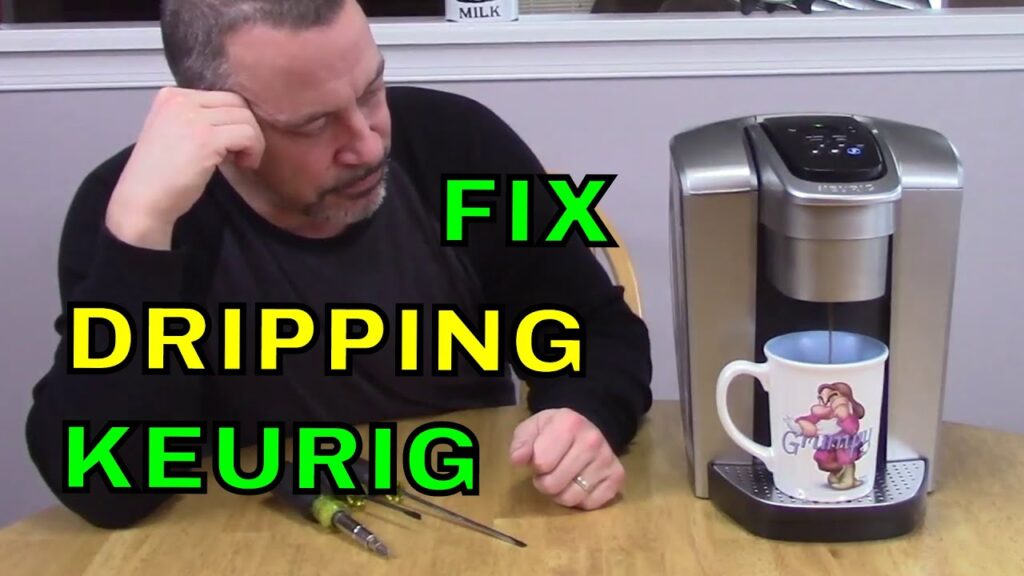
Preventing leakage or dripping during brewing
Using the recommended pod size
Using the recommended pod size is vital to prevent leakage or dripping during brewing. Pods that are too small or too large for your coffee maker can cause improper water flow and lead to leaks. Always check the manufacturer’s recommendations for pod sizes and ensure that you are using the correct size for your specific coffee maker model.
Avoiding excessive force when closing the machine
When closing your pod coffee maker, avoid using excessive force. Applying too much pressure can damage the seals and other components, leading to leaks. Gently close the machine, ensuring a secure but not overly tight seal. Remember, a moderate amount of force is sufficient to create a proper seal and prevent leaks.
Ensuring proper alignment of parts
Proper alignment of the various components of your pod coffee maker is essential to prevent leaks. Ensure that the water reservoir, drip tray, and other parts are correctly aligned and properly inserted. Improper alignment can result in gaps that allow water to escape during brewing. Take the time to check the alignment of these parts before every use to minimize the risk of leaks.
Understanding warranty coverage for leaking or dripping issues
Reviewing the manufacturer’s warranty policy
Reviewing the manufacturer’s warranty policy is essential to understand the coverage for leaking or dripping issues. Warranty coverage can vary between different brands and models of pod coffee makers. Some warranties may explicitly cover leaking or dripping problems, while others may not. Familiarize yourself with the warranty terms and conditions to ensure you know what is covered and what steps to take if you experience leaks.
Contacting customer support for assistance
If you’re unsure about the warranty coverage or have any questions or concerns about leaking or dripping from your pod coffee maker, it’s a good idea to contact customer support. They can provide you with the necessary information, guide you through the warranty process, or offer further troubleshooting advice. Customer support can be a valuable resource for resolving any issues you may encounter.
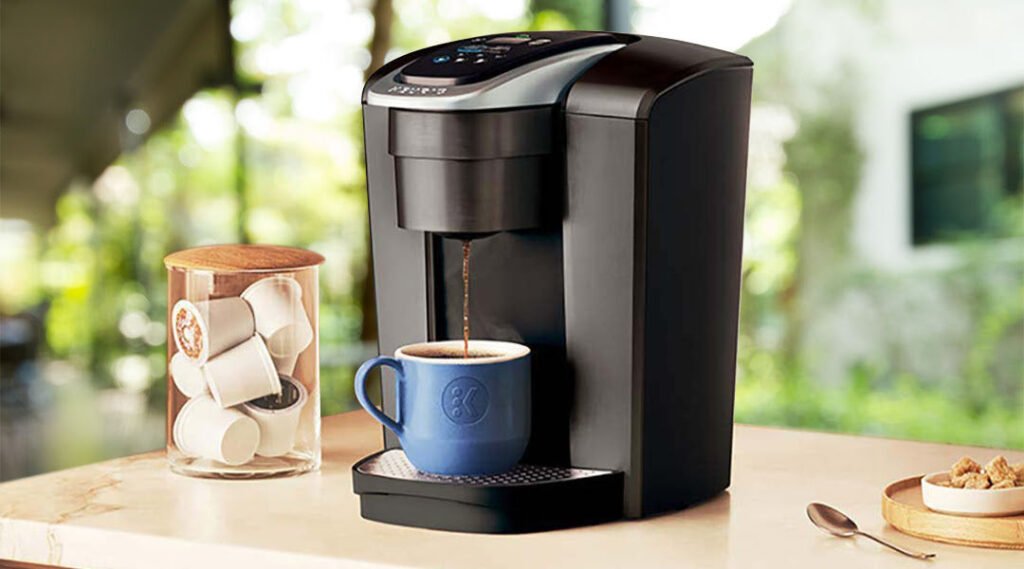
Alternative brewing methods for avoiding leakage or dripping
French press
If you’re experiencing persistent leaking or dripping issues with your pod coffee maker, you may want to consider alternative brewing methods. One popular option is using a French press. This method involves steeping coffee grounds in hot water and then pressing a plunger to separate the brewed coffee from the grounds. It offers a simple and reliable way to brew coffee without any concerns about leaking or dripping.
Pour-over
Another alternative brewing method to consider is the pour-over technique. This involves pouring hot water over coffee grounds placed in a filter. The water flows through the grounds and filter into a container below, resulting in a fresh cup of coffee. Pour-over brewing is known for producing a clean and flavorful coffee, and it eliminates the risk of leaks that may be present with a pod coffee maker.
Drip coffee maker
If you prefer a more traditional approach to coffee brewing, a drip coffee maker can be an excellent alternative to a pod coffee maker. Drip coffee makers work by pouring water into a reservoir, which then heats and drips through a filter containing coffee grounds. This method offers simplicity, reliability, and the ability to brew a larger quantity of coffee compared to pod coffee makers. Drip coffee makers are widely available and offer a range of features to suit different preferences.
Conclusion
Addressing leaking or dripping issues promptly is crucial to enjoying a hassle-free coffee brewing experience with your pod coffee maker. By understanding the common causes of leaks, following troubleshooting tips, and practicing regular cleaning and maintenance, you can minimize the risk of leakage and ensure a high-quality cup of coffee every time. If problems persist or safety concerns arise, don’t hesitate to contact customer support or professional repair services for assistance. Consider alternative brewing methods if you want to explore different ways of preparing your coffee without the risk of leaks. With proper care and attention, you can avoid the frustration of leaking or dripping and indulge in your favorite coffee with peace of mind.
